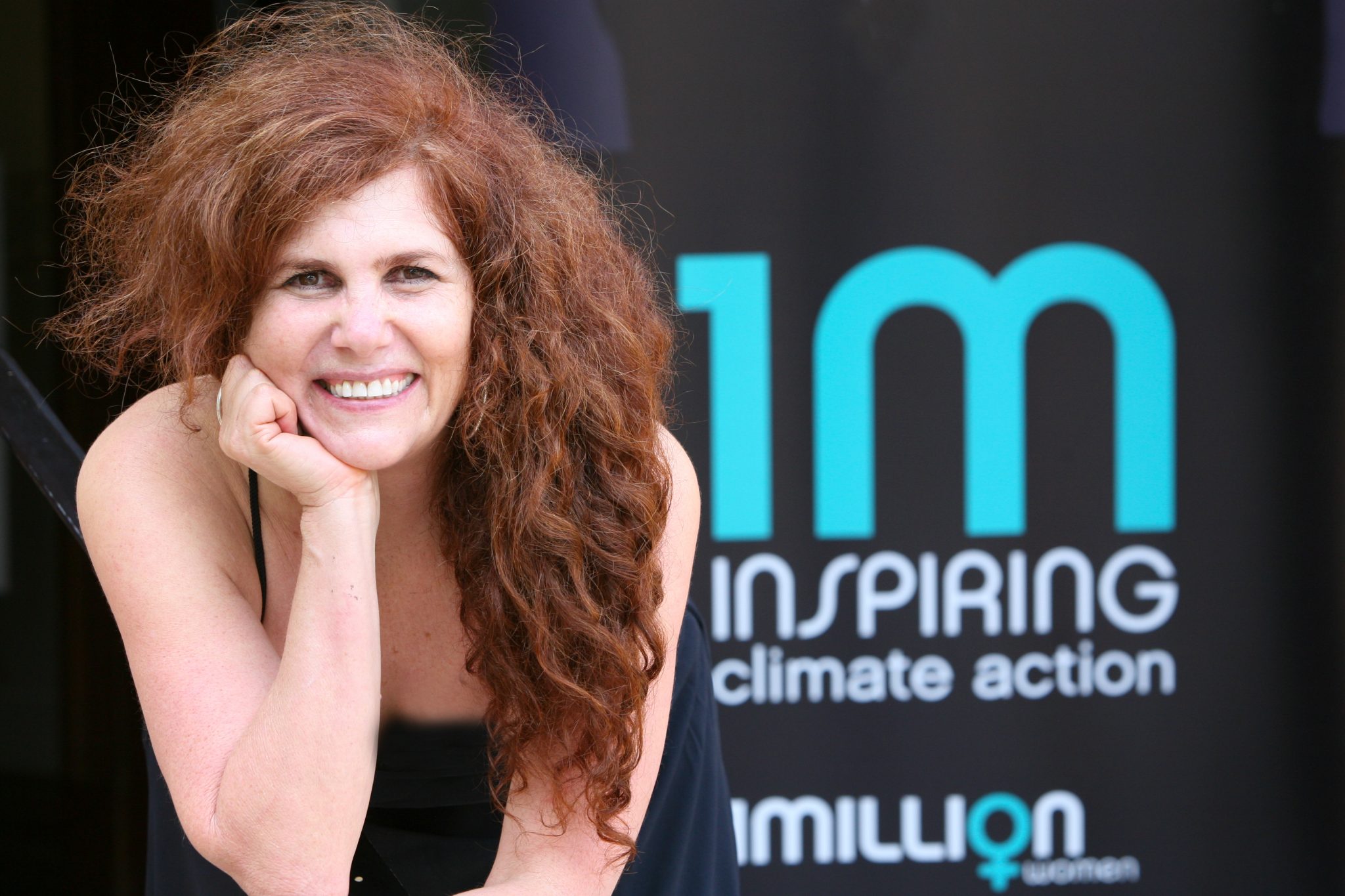
Women for the World
At first, at the start of my 1 Million Women journey, I was operating mainly on instinct. The idea that a mass movement of women could unite to act on climate change in our daily lives just felt right to me. After all, hadn’t I just saved 20% on my family’s energy bill?
If one woman could make a difference by taking a few small actions, imagine how powerful millions of us would be!
To build on instinct, I needed evidence. Early on, it became clear to me that when it comes to the well-being of the planet, men and women are not equal. For starters, mainstream market research showed that, on average, women were about 10% more concerned about the environment than men. Over the years, I’ve seen more and more such research, and the results are consistent.
Women are great networkers and agents for change.
Who better to come together in a movement than women? In my experience, women are natural networkers who will work intuitively to get practical outcomes in almost any situation. If things aren’t right, you’ll always find women stepping up to be agents for change for the better.
When it comes to climate change, women get a bum deal.
When I first started thinking about the idea of a women’s movement, I knew that women face a gender pay gap in most countries, including my own, and that equality is still wanting in many areas. What I hadn’t realised until I started on my path with 1 Million Women was that, when it comes to climate change, women get a really bum deal.
In the developing world, it is women and children who will suffer most from the impacts of dangerous climate change, just as they suffer most in weather- and climate-related natural disasters, such as floods and famines.
According to the United Nations, 80% of those displaced by climate change are, or will be, women and children. This is because, in developing nations, women are on the frontline as the primary caregivers and providers of food, water and fuel. They are the most vulnerable, sometimes for simple, but tragically practical, reasons such as not being able to swim, or the brutal reality of having to walk long distances daily to collect water and firewood. In the aftermath of natural disasters, they are more likely to suffer from poverty, disease, loss of housing and income, and violence from men.
As a woman living in one of the world’s most affluent societies, my experiences are obviously very different to those of women in developing nations. Despite that difference, or perhaps because of it, a realisation hit me once I started to understand it more deeply. I have a responsibility to do everything in my power to support women on the frontline of climate change. Shouldn’t I do all I can to live with the least impact on the planet? After all, we live under and breathe from the same atmosphere.
Just how women will be affected by climate change was driven home to me when I attended the Micronesian Women’s Conference in the beautiful, but threatened, Marshall Islands. This small island state is located deep in the vastness of the Pacific Ocean. Flying there from Australia, the plane island-hopped through a series of tiny Pacific nations, many of them low-lying and in the first wave of countries whose existence is threatened by rising sea levels and more powerful tropical storms. Seeing the impacts of climate change firsthand, with water lapping the land, opened my eyes to the fight the Marshallese and all small island nations in the Pacific are facing. It dug deep into my heart.
Her Excellency, President Hilda C. Heine of the Marshall Islands was a gracious host and generous with her time to all conference goers and to me personally. She is the eighth president and first woman to hold the position, and she told me that, right now, a third of the country’s population, including women who rely on the production of traditional handicrafts, are being affected by climate change. This wasn’t some theoretical issue that might or might not happen in the distant future. This was happening to women, right there, right now.
Solidarity doesn’t always have to be spoken aloud. The support we show through our actions connects us to every woman in the world.
I know how easy it is to do nothing if you think you don’t know enough. To mentally tick the ‘not sure’ box. One of the earliest messages of 1 Million Women addressed this. It is just as relevant when I write it again today: Try not to become paralysed through worry about all the jargon, what the technical words mean and what is the latest policy on climate change. Forget about what you don’t know. Just do one little thing – something for which you can see a result. I did and, I promise you, it will lead you to something else. Then repeat.
The rest of it – the awareness and detailed knowledge, the curiosity and hunger to know even more, and the determination to do more – will come along the way. This is the action that moves you forward on this journey. It’s the action that empowers you to do the next action. I know this to be true because that’s exactly what happened to me. Never underestimate the power you have as one woman, one person, to change the world.


